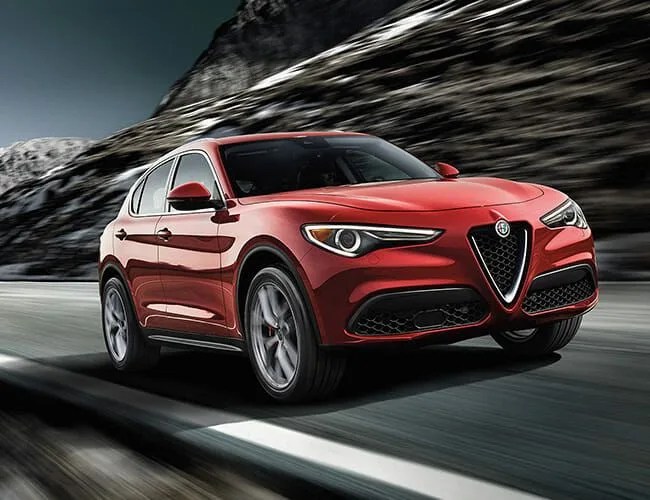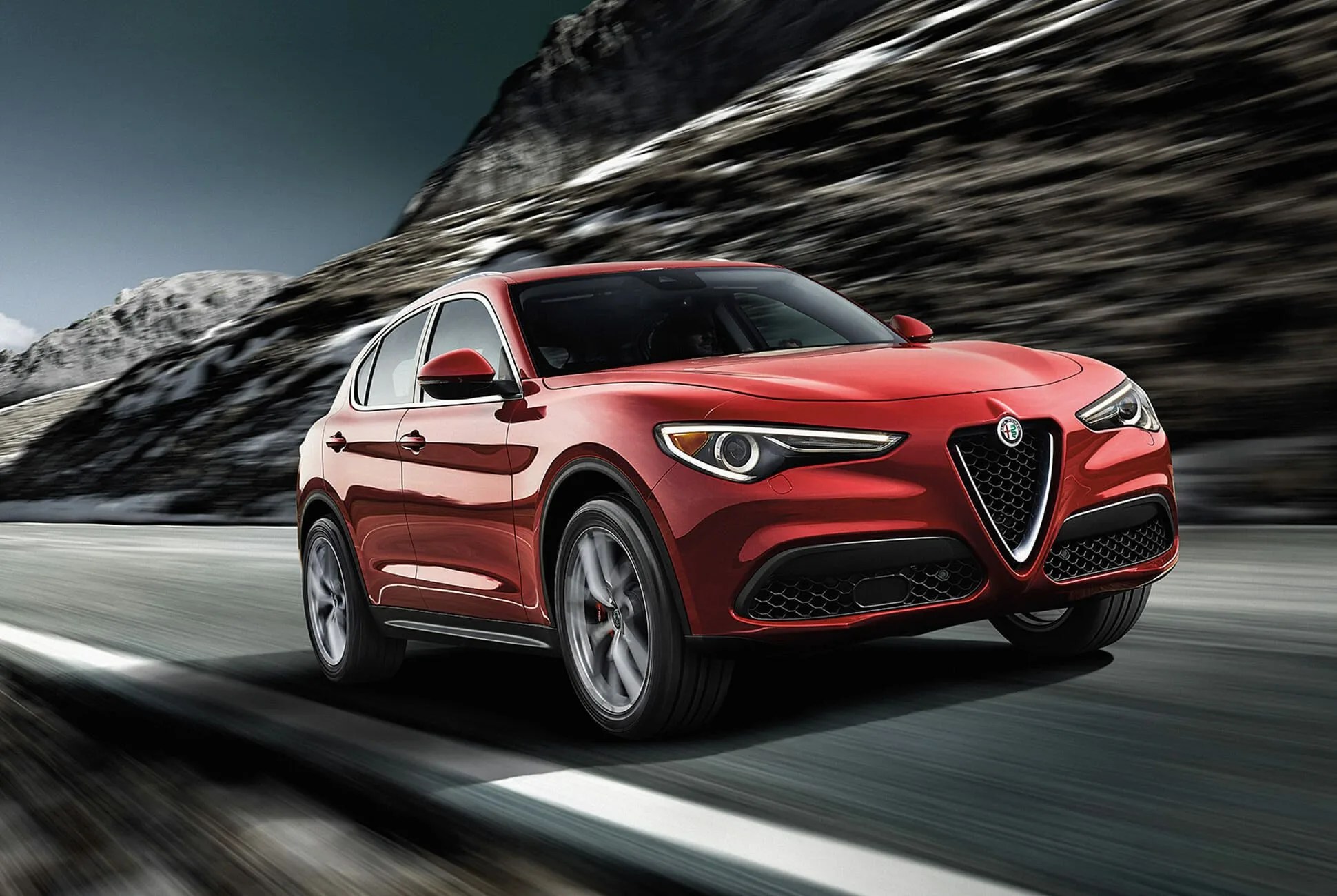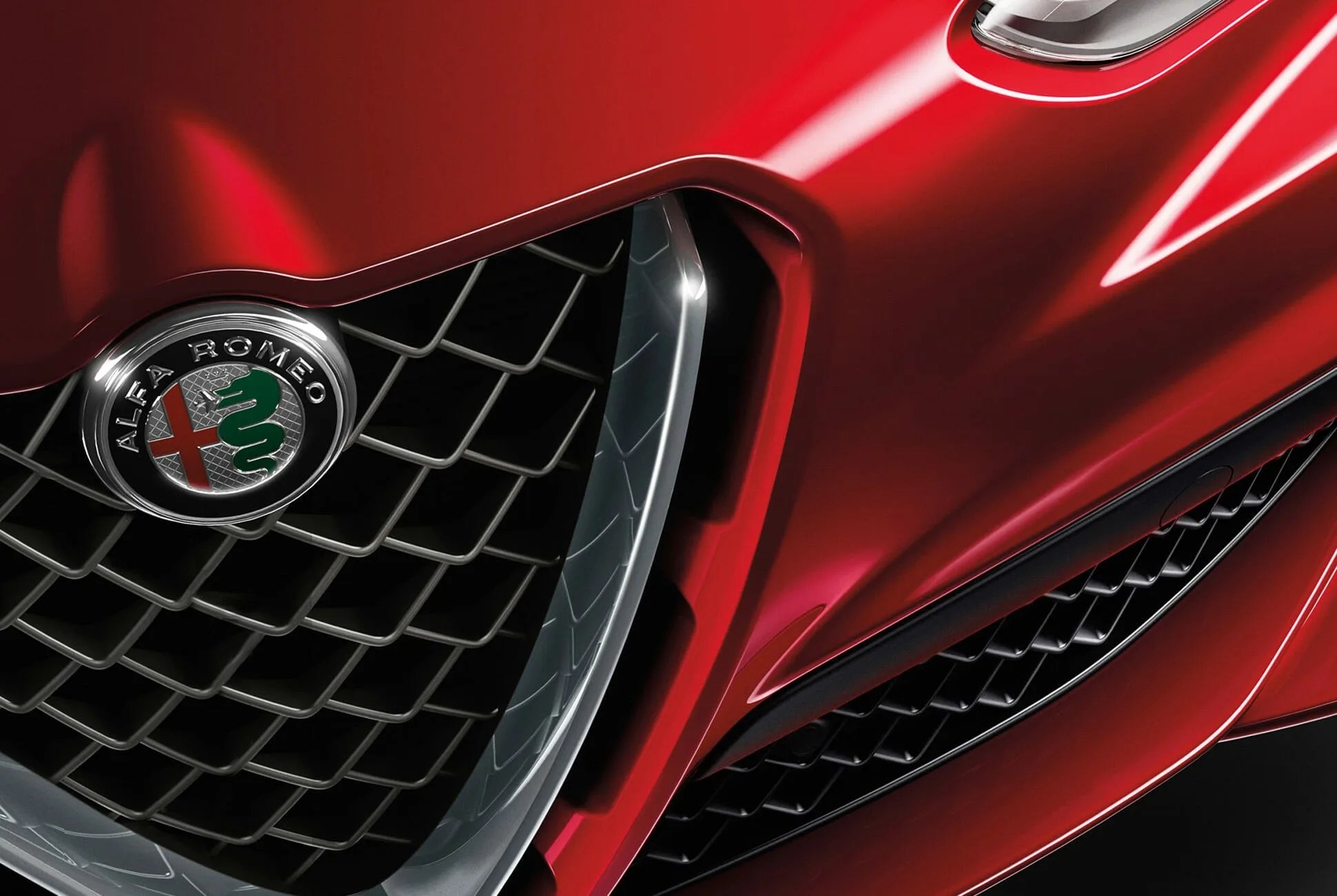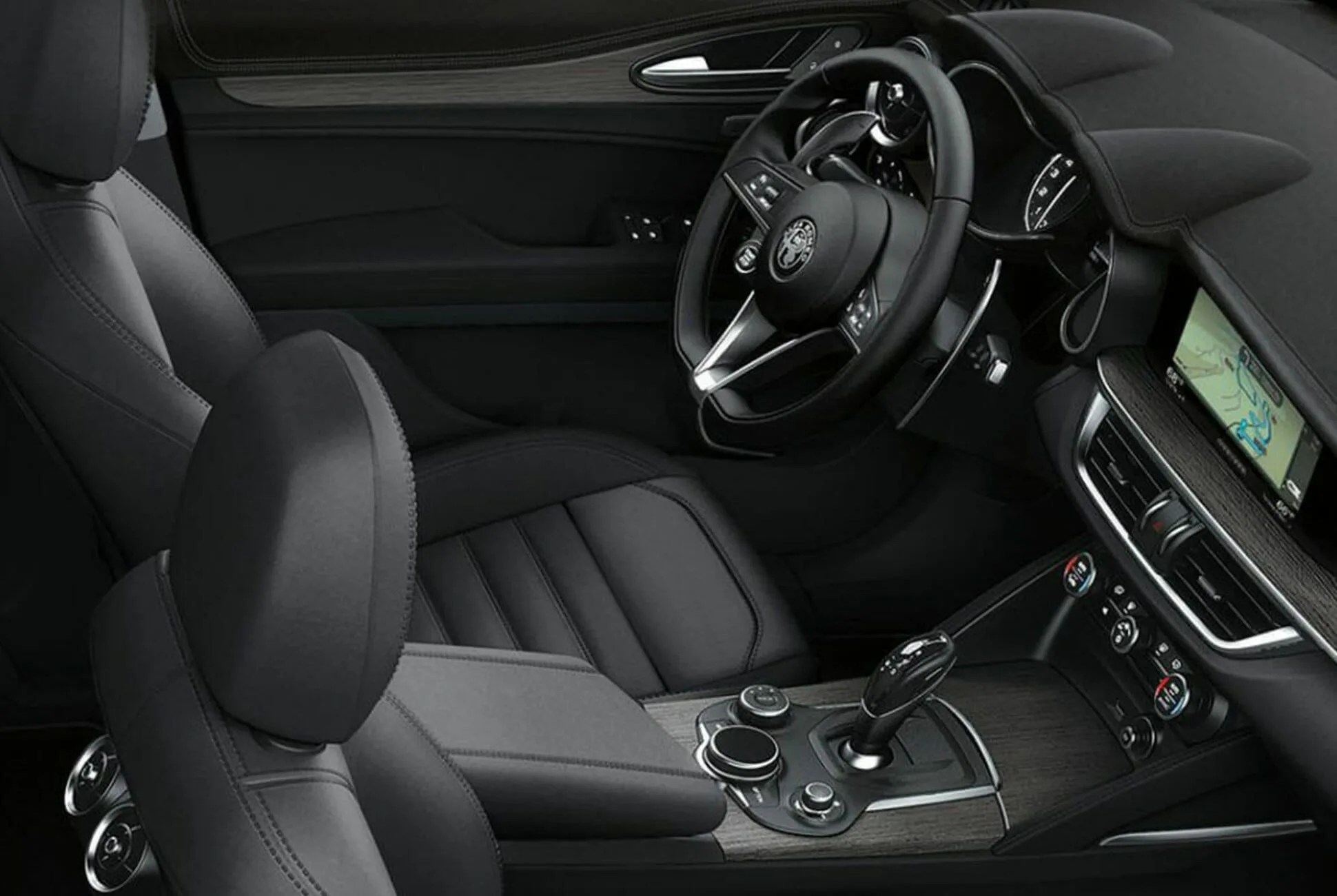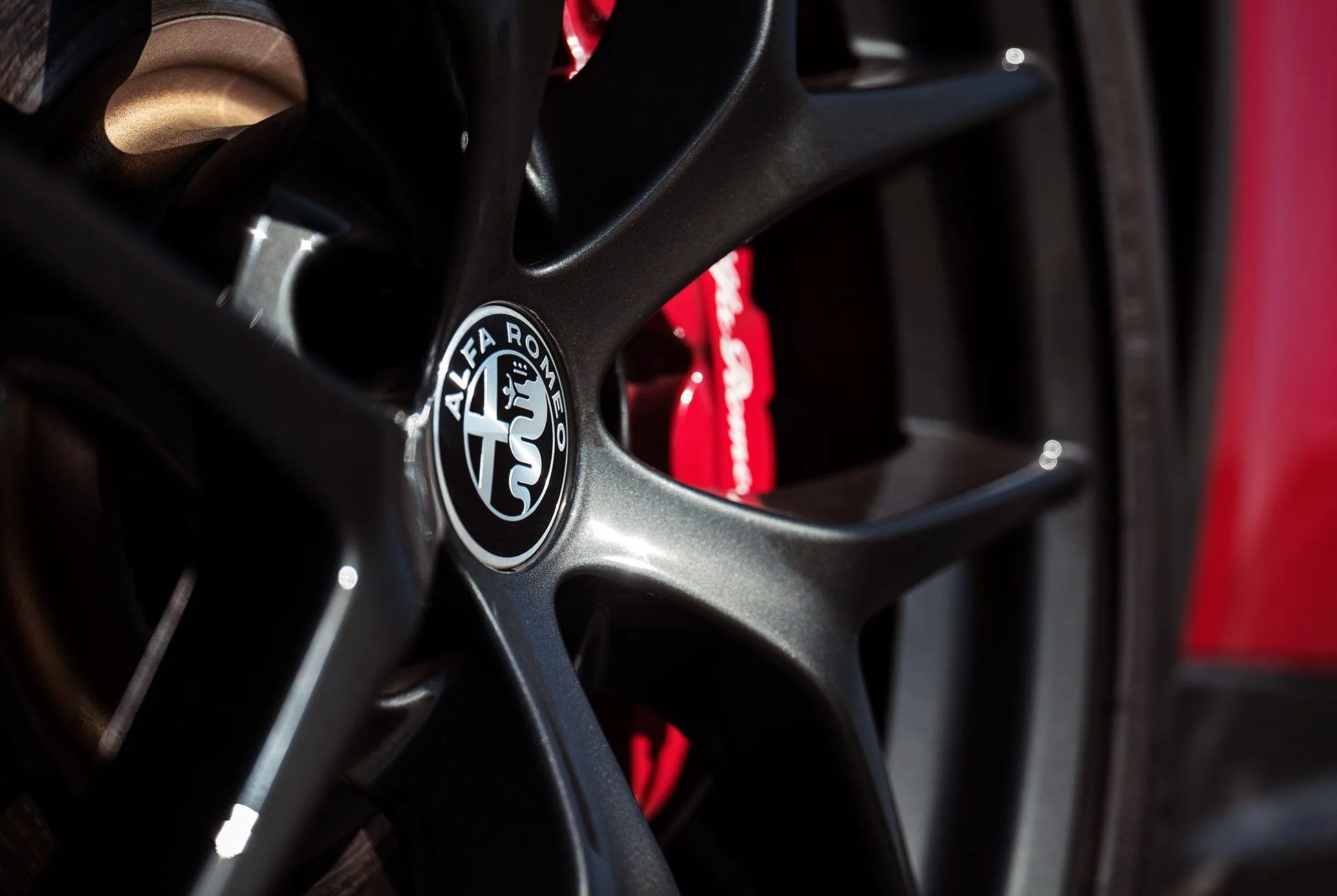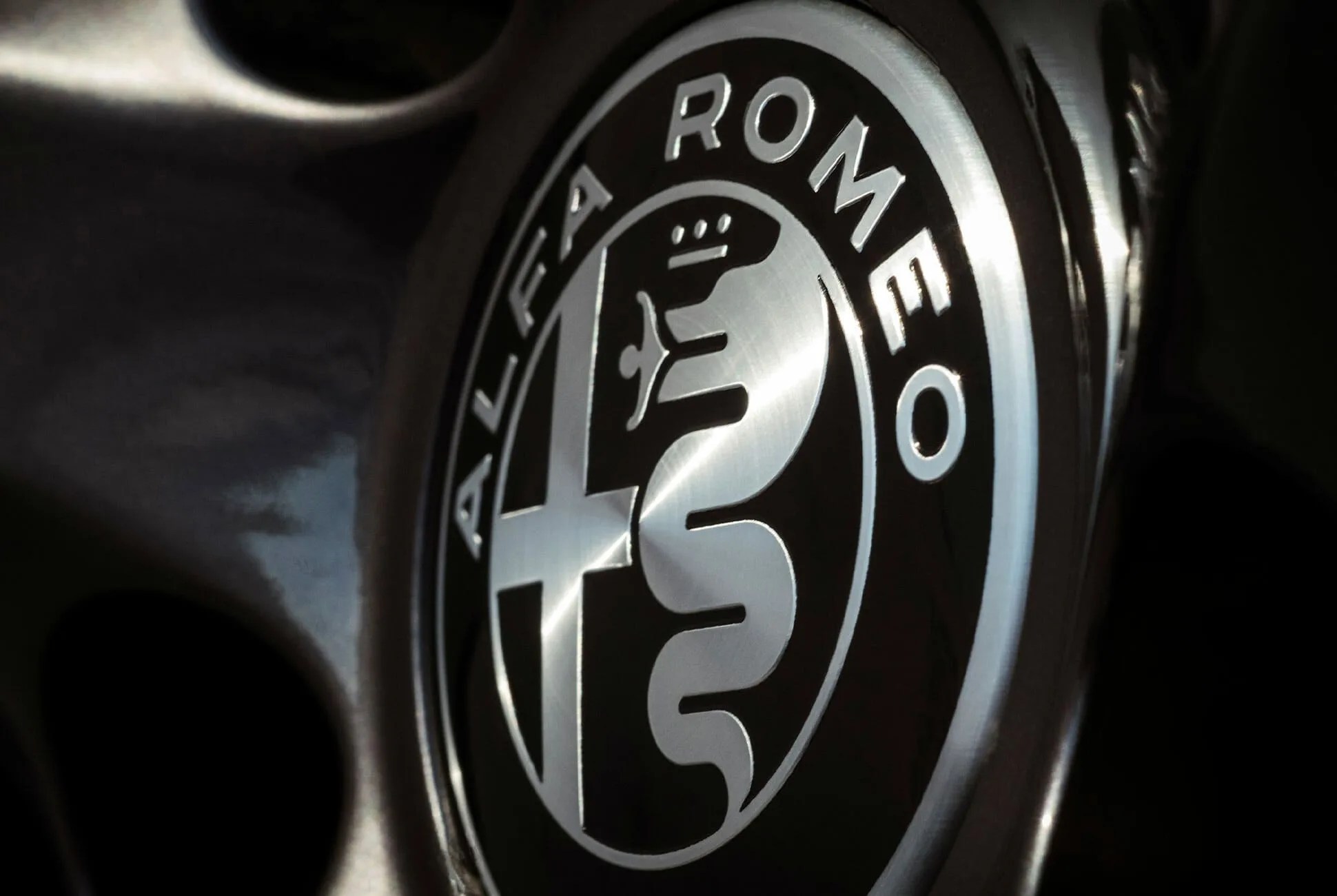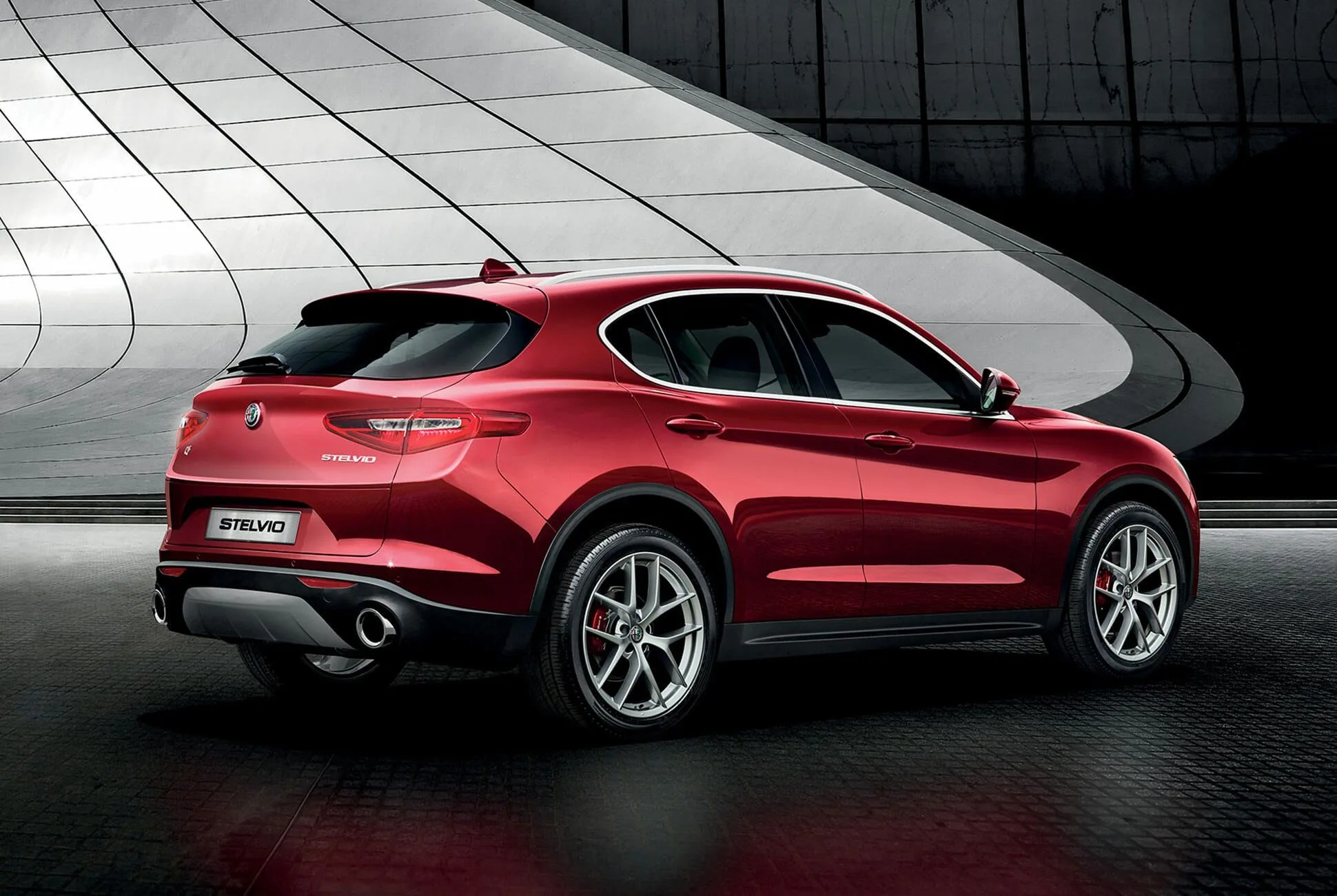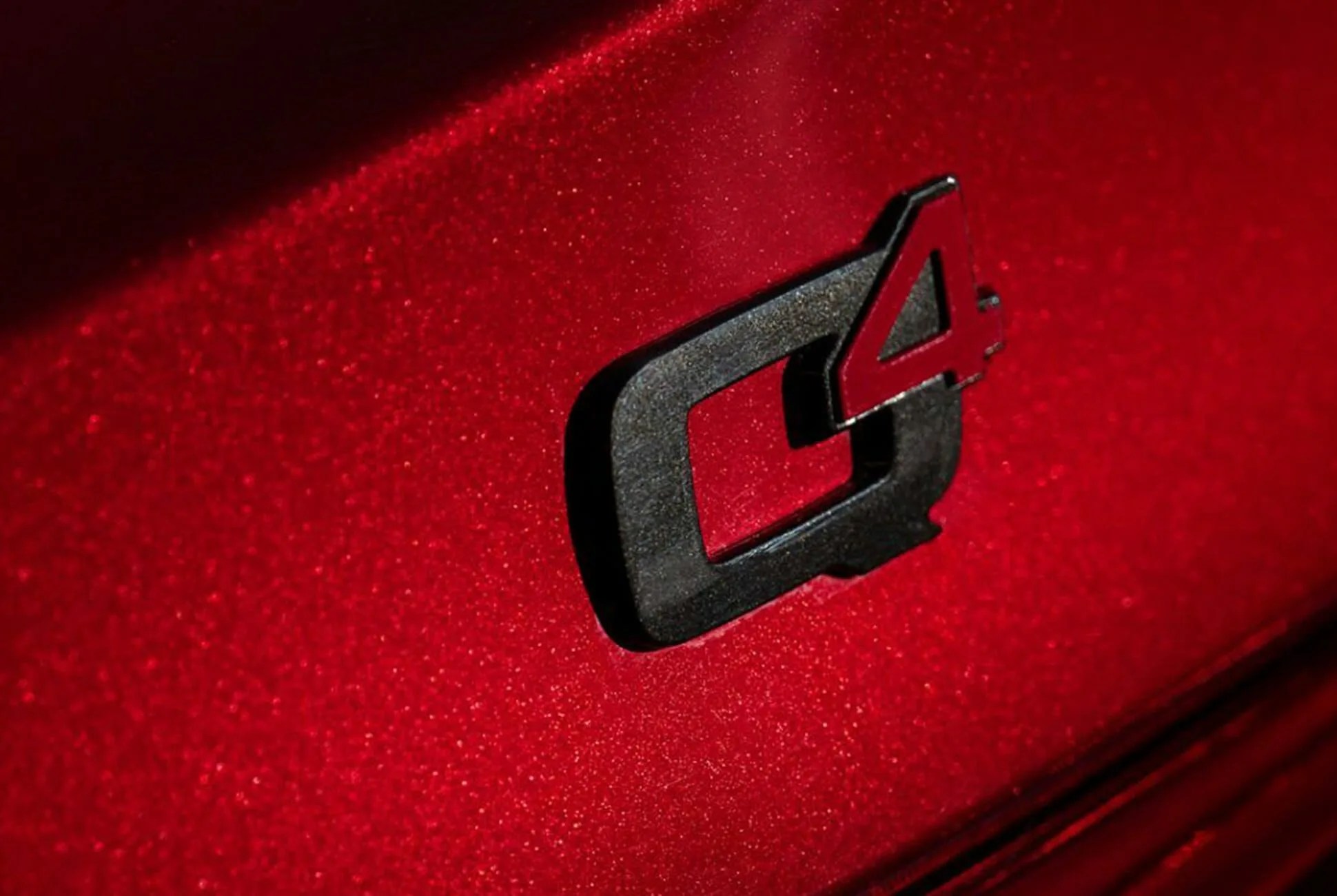7 photos
It’s safe to say that the Porsche Cayenne is a remarkable vehicle. Now in its third generation, it’s evolved from an SUV that happens to be a Porsche into a Porsche that happens to be an SUV. The Cayenne incorporates iconic 911 design cues and racing-inspired upgrades like four-wheel steering; top-tier models like the Cayenne Turbo and Cayenne S Turbo E-Hybrid deliver breathtaking performance that can match some supercars.
There’s only one real drawback to buying a Cayenne: it’s expensive. Depending on the trim, the eventual purchase price can range from exploitative to just plain ludicrous. Porsche kicks things off at $66,800 for a base model, but any reasonable person would option that vehicle north of $80,000 to make it feel like a luxury car. That aforementioned Cayenne S Turbo E-Hybrid? It starts at $161,900, and you still will probably want to add some options.
Most buyers looking for a distinctive, high-performing SUV that channels a manufacturer’s racing heritage will want to consider a cheaper alternative. One great option? The Alfa Romeo Stelvio.
Performance
The Stelvio is the crossover for people who never, ever saw themselves lusting after a crossover. It handles like a sports car — and, truth be told, the tarmac is generally where you’ll want to keep it. The base Stelvio uses a perky turbocharged four-pot that puts out 280 horsepower and 306 lb-ft of torque. But the upper-level Quadrifoglio model is where the Stelvio truly makes its mark.
The Stelvio Quadrifoglio has FCA’s F154 twin-turbocharged V6. The “F” in that designation stands for “Ferrari,” which built a 505-horsepower kraken of an engine. (It also appears in the already legendary Giulia Quadrifoglio.) And the Stelvio is more than a high-riding Giulia with a trunk that can hold some junk. It can accelerate from 0-60 mph in 3.6 seconds, which means the Stelvio is quicker than the Giulia (as well as the base Cayenne.) Its sub-eight minute lap at the Nürburgring Nordschleife puts some sports cars to shame.
